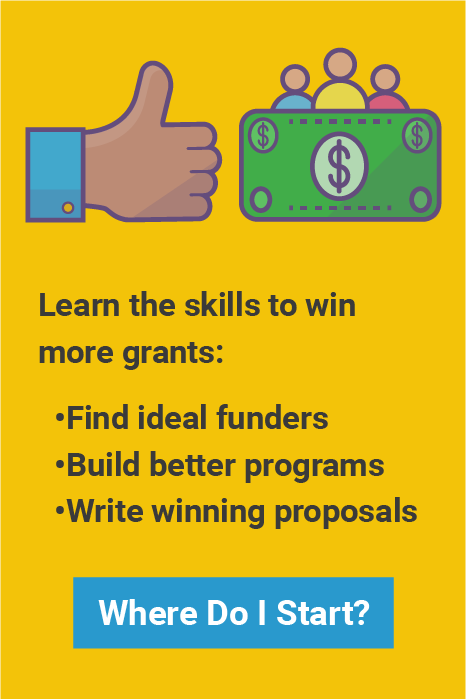
Some nonprofits always seem to be in the right place at the right time, standing shoulder to shoulder with other community organizations and reeling in grant awards one after another. What’s the story? Why are these nonprofits the darlings of every get-things-done project of every local school, community group, and municipal agency? When you see a nonprofit partnering intensely and successfully, you’re looking at an organization that values and cultivates community engagement.
Hyper-involved nonprofits understand the challenges and hopes of the community. They’re tuned in. And because they’ve navigated the politics and personalities of the local scene, they’re trusted, sought-after partners. Highly collaborative nonprofits engage other organizations in carrying out their programs and often share grant money through subgrants. Likewise, these nonprofits often receive subgrants from their partners to carry out grant-related work.
Since developing and nurturing deep community engagement takes a lot of time, a nonprofit’s leadership must value that work or it won’t get done. If your nonprofit needs more robust local connections, here are a few thoughts to consider.
Make Friends. Many public and private nonprofits, churches, and other community groups have concerns that intersect with yours. Identify likely-suspect organizations and reach out to them. Meet with their leaders to develop a full understanding of what they do. Invite them to meet your leadership and staff. Let your mutual concerns and missions drive your work together. Look for ways to enhance each other’s impact, even without the carrot of grant subaward trade-offs. When there’s deep mutual trust and respect, resource sharing becomes the next natural step.
Show Up. Community forums, Rotary Club breakfasts, nonprofit open houses, local celebrations, the museum’s gala—these events draw concerned movers and shakers who are often engaged in projects aimed at improving the community. Be sure your organization has a presence. You’ll make new contacts and develop relationships with organizations outside of your usual-suspects list.
Communicate. Develop a strategic, consistent communication plan. Unless others understand the importance and impact of what you do, your organization won’t be a sought-after partner. Keep the website up-to-date. Develop a vibrant and professional social media presence. Consider an e-newsletter or publish a column in the local newspaper.
Be Authentic and Mission-Driven. No one wants to partner with a phony whose bottom-line interest is only grant money. Integrity is all. You need a reputation as an honest team player.
When your organization works shoulder-to-shoulder with others in the community, your proposals will have more power and your programs will produce better results. You’ll be engaged in more joint proposal development, subawards, and resource sharing. The bottom line is that your organization will be more effective.



